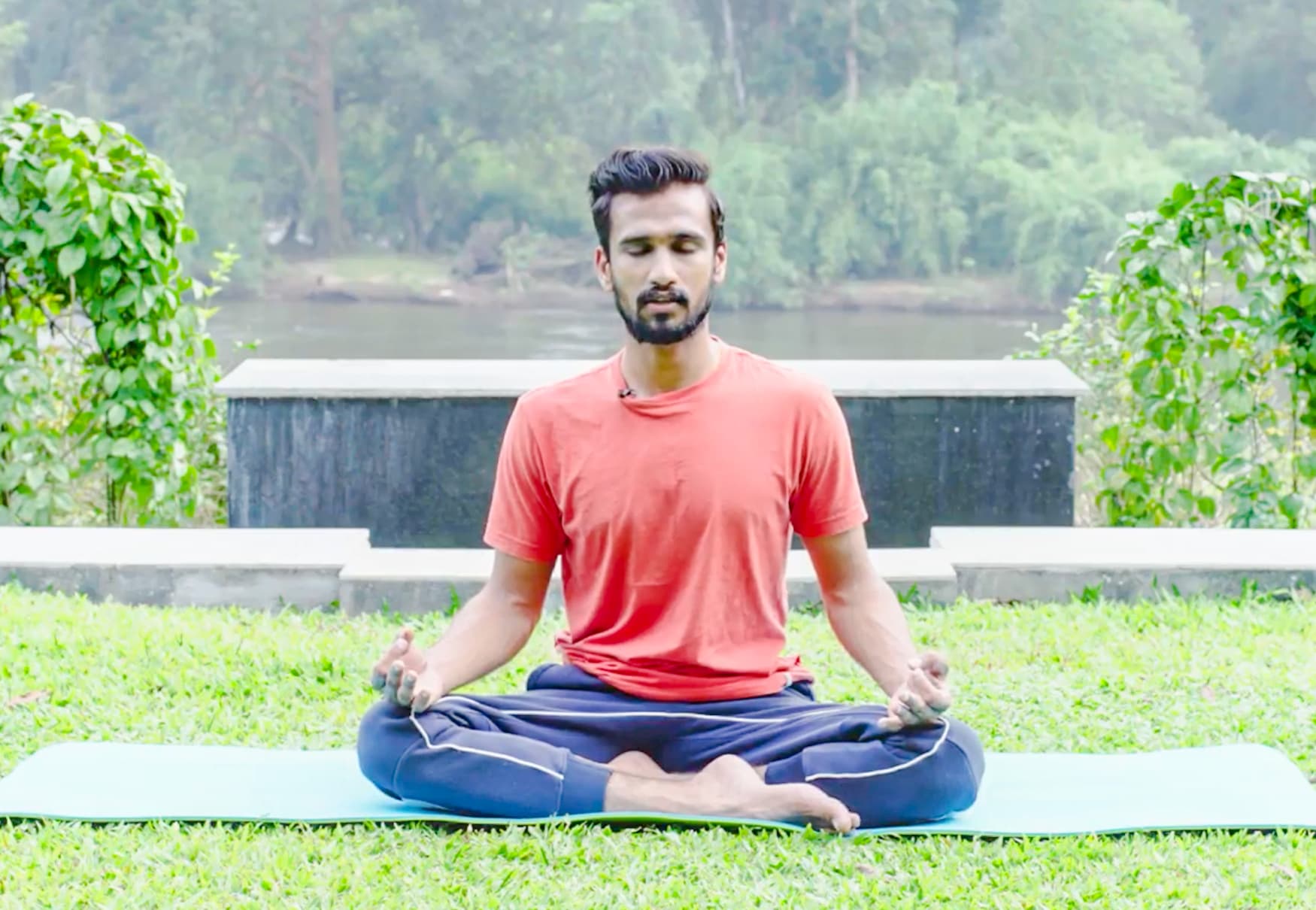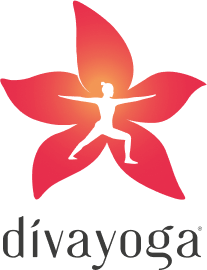How to breathe properly? Read to know more.

The science of breathing is ill-explored, as it comes to us naturally, we don't give it the attention it deserves. Yoga revolves around the ancient spiritual practice conjoining mind, body and soul. The most important element that binds the body and soul is - air. Your body’s relationship with air starts at the entrance of your nostrils, fills your lungs and kick-starts blood circulation.
How to breathe properly? Is it possible to be breathing wrong?
It may come as a shock to many, but yes, it is possible for you to be breathing in a manner that is not the most beneficial to your body. Many of us do not use the full capacity of the lungs and are shallow breathers. In some cases, it can even be harmful to the body. Improper breathing means lesser oxygen is being transported to your body organs, causing a host of associated problems like restlessness, shortness of breath, dizziness, lack of coordination and anxiety. One can correctly breathe by using the lungs capacity and capability to its fullest.
So, how to breathe properly?
The lungs are expansive and are divided into 5 parts, we need to engage in continuous breathing exercises which will help increase the capacity of the lungs. Vibhaga pranayama is one technique where we breathe deeply in all lobes of the lungs and breathe out.
How to breathe properly through yoga?
Breathing can be corrected with the help of some simple breathing exercises. Conscious breath is emphasized in the practice of yoga, so much that an entire branch of yoga is dedicated to it. Pranayama. Specific breathing exercises can help you understand how to breathe properly.
Watch our Video on Yoga Breathing to Enhance Lung Capacity
Breath awareness:

By learning how to breathe properly focussing on your breath is essential. Breathe slowly and consciously, notice every movement with each breath. Bring to your breath a certain awareness, be aware of the slow and steady rise and fall of your chest. Pay attention to the expansion and contraction of the ribs and lungs. This alone will improve your breathing.
Ujjayi Pranayama:

This is the classic pranayama, the breath exercise where you constrict the back of your throat as though you are gulping, inhale and exhale deeply through your nose. This breathing creates a whooshing sound, commonly referred to as ‘Ocean’s breath’ and brings you a deep sense of pleasure of experiencing the present moment.
Nadi Shodhana Pranayama (Alternate breathing):

This exercise is where alternate nostril breathing is practised. Yogis practise this while blocking the right nostril with the thumb and inhaling through the left nostril after full inhalation, blocking the left nostril with the ring and little finger lightly and unblocking the right nostril to exhale fully, fully inhaling again through the right nostril, blocking the right and exhaling through the left nostril completely, that completes one round remember to keep the breaths slow, long, and deep. It is believed that this clears the pathways, which carry the energy or prana (life-force). Scientific research also shows that individuals who practice this experience higher mental clarity and focus.
Kumbhaka Pranayama (Breath Retention):

Take a deep breath, inhale fully and before you can exhale hold your breath for 10 seconds. This is a breath retention exercise that helps improve the health of the lungs, it helps your body receive maximum oxygen keeping your body well oxygenated, rejuvenating all your organs and their functions.
Kapalabhati Pranayama (Breath of fire):

The breath of fire, unlike the others, is a rapid breathing exercise, breathing out short spurts of air through the nose similar to when you clean your nose but shorter, in which abdominal muscles pulls in naturally .exhalation is active and inhalation is passive. This awakens the solar plexus merely through breath and hence the name ‘Breath of fire.’ Your inhale and exhale may be fast-paced but at regular short intervals. The breath of fire is a good energizer and aids in the process of prompt and good decision making.
These simple breathing exercises will help you recognize how to breathe properly through yoga.
